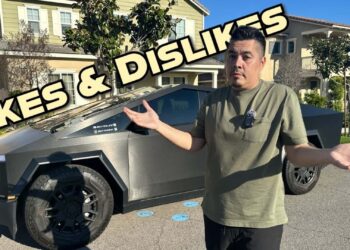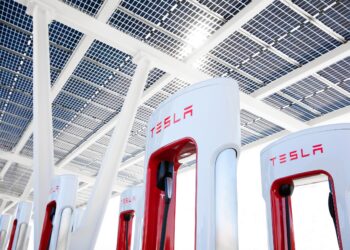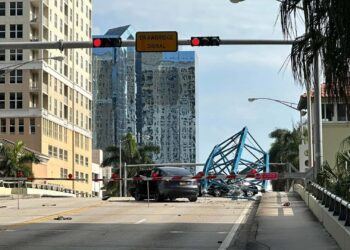The opening of the Tesla Supercharging network is a positive thing for the EV industry, but it brings challenges due to how older charging stations, in particular, were specifically designed only to handle Tesla’s cars.
One major problem is that the charging cable at the V3 Supercharger stalls is short because Tesla designed it for its own EVs, with a standardized charging port location in the rear-left section of a car. Non-Tesla EVs, which are getting access to the network, might have charging ports in different locations.
Get Fully Charged
Tesla Supercharging network
The Supercharging network is one of the largest DC fast charging networks in the world with some 6,000 stations, which initially was available solely for Tesla EVs. In the past few years, Tesla started to gradually open the network to non-Tesla EVs.
This causes geometrical issues because in order to connect to a V3 Tesla Supercharger, some non-Tesla EVs have to park in a way that takes two spaces. Tesla is aware that in some cases it might be a necessity: “Most Supercharger cables at NACS Supercharger sites should be able to reach your EV charge port, however, in some cases, you might have to park over the line in order to charge comfortably,” the company says. “Avoid parking diagonally to reach the cable and try to obstruct as few charge posts as possible. Charge port locations vary by EV model, which requires cable sharing between adjacent stalls at many sites.”
The main solution for the future is the installation of the V4 Supercharging dispensers, which are taller and equipped with a longer cable. In theory, it should be good enough to reach the charging inlet of any EV.
However, there are thousands of V3 dispensers in the U.S., which will cause some issues if the network is fully opened to all non-Tesla EVs.

Tesla Model 3 charging at a V3 Supercharger

Tesla V4 Superchargers in Los Gatos, CA – Los Gatos Boulevard
Tesla hopes that more EVs will have the charging inlet in a similar location as Tesla EVs: “Additionally, we encourage all vehicle manufacturers to standardize charge port locations to the rear driver side or front passenger side.” But there are no signs that other OEMs will do that, because many of them have different ideas about the charging port location.
Because of that, Tesla is working on an additional solution—an extension cable (NACS to NACS). According to the manufacturer’s FAQ page, it will be available for purchase in the future.
We are working on an NACS to NACS extension cable, which will be available for purchase in the future.
The extension cable will be an additional item, on top of various adapters (CCS1 to NACS and NACS to CCS1), which Tesla offers to broaden the charging options.









